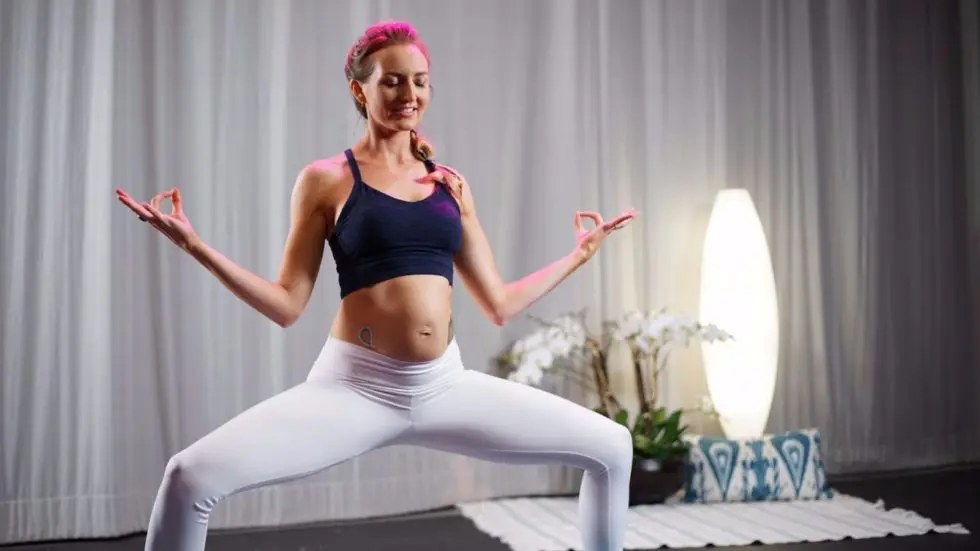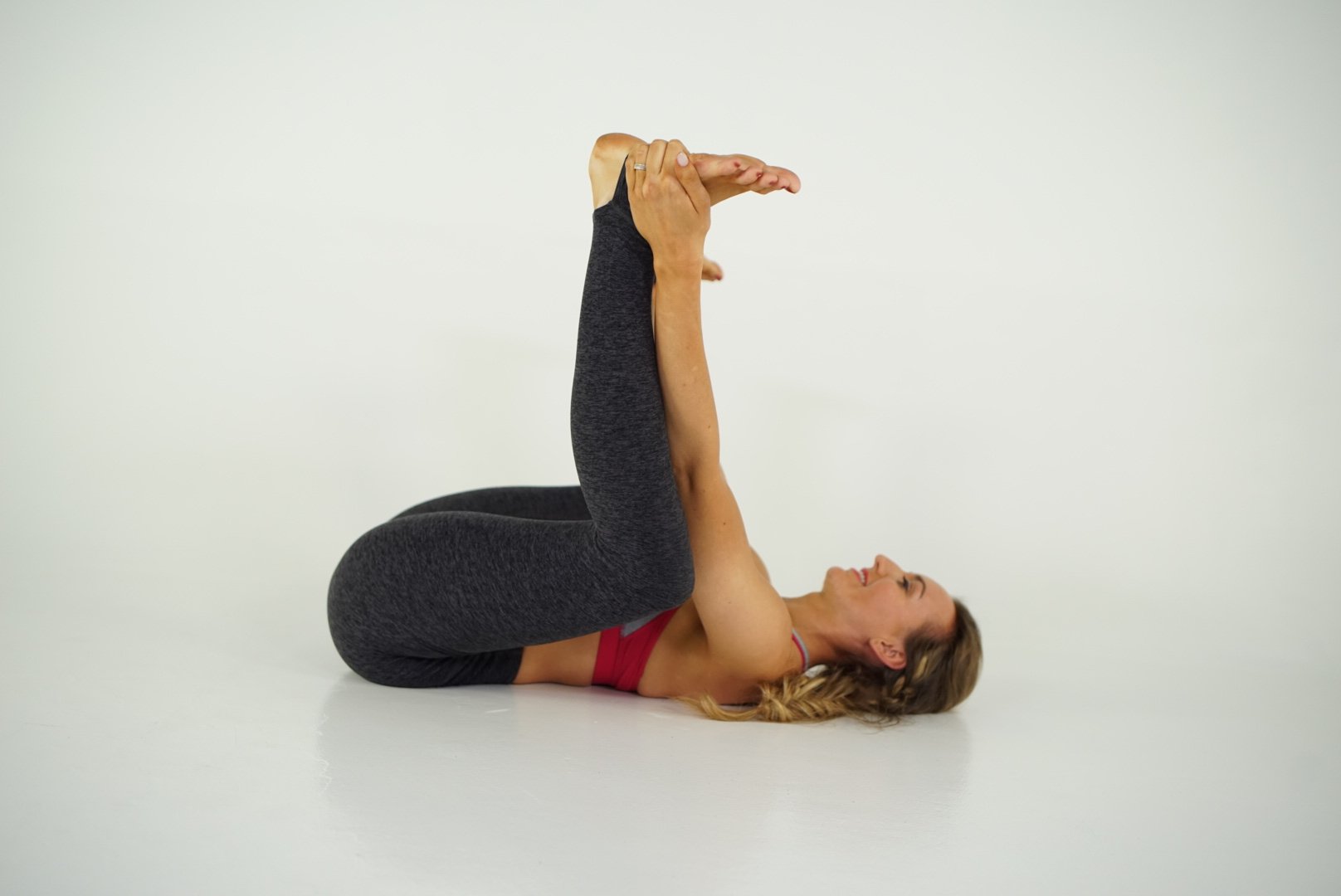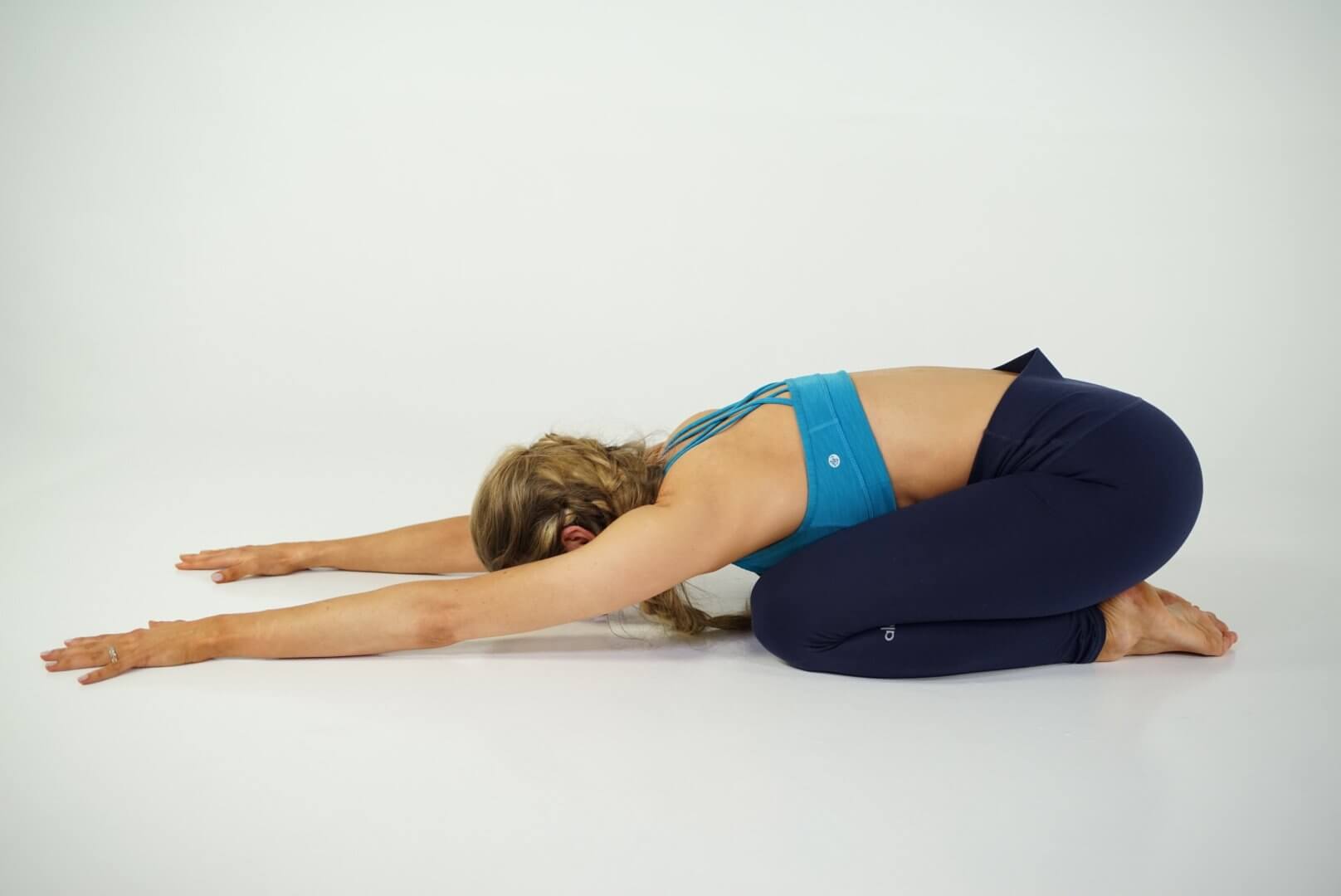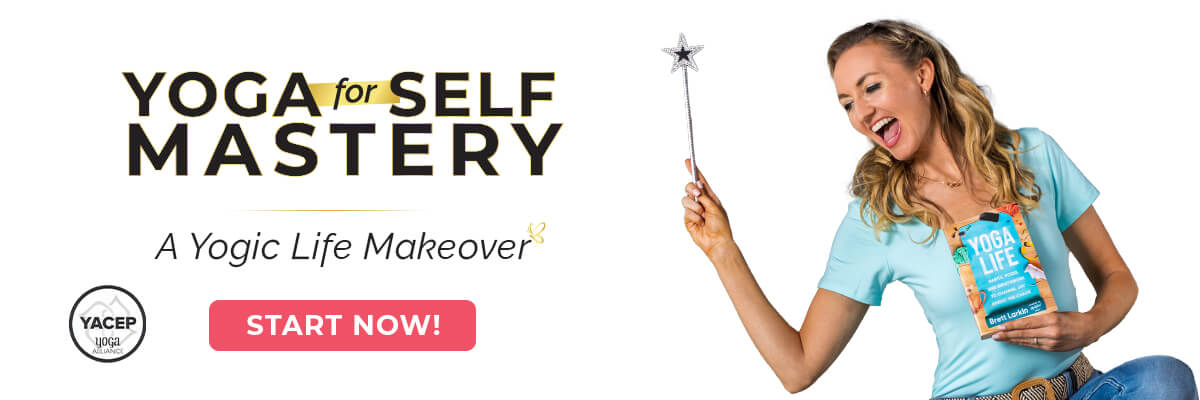Do you experience chronic pain? Maybe you experience strong abdominal pain or painful periods. These are common symptoms of Endometriosis.
But wait, don’t I experience menstrual cramps each month? Your endometrium (or the lining in your uterus) sheds every month during your menstrual cycle and is then regrown.
This is a natural process, but for some of us it’s not that simple…
What is Endometriosis?
Endometriosis is a condition where the menstrual tissue your body sheds, grows on the outside of your uterus. Either on or around your reproductive organs such as: ovaries, fallopian tubes, bladder, and cervix. The buildup of this tissue leads to scarring, inflammation and even painful cysts. If you do have this condition, know that you are not alone! Approximately 10% of women are affected by Endometriosis. Hormone therapy is a treatment for Endometriosis. It can help prevent new areas of scar tissue or adhesions from growing, but hormone therapy can not make the ones already present go away.
Because endometriosis often comes with debilitating cramps, it tends to affect other aspects of your daily life. You could experience other endometriosis symptoms such as pain while having sex or after sex, fatigue or low energy, pain while using the restroom, as well as pain in your lower abdomen and back. Sometimes it may feel like there is no relief or that all the Ibuprofen or other pain relievers in the world won’t touch the pain you feel. Does this sound like you? If so, let’s explore yoga for endometriosis! Coupled with physical therapy, various styles of yoga including yin yoga can help with endometriosis symptoms.
To get you started and a feel for the gentle yoga you can do for endometriosis, follow along with this gentle class! If you enjoyed this class and are interested in more ways for you to help your body, we have a whole Women’s Health section in our Uplifted membership!
How Yoga Can Help With Symptoms Of Endometriosis
Studies have been conducted where women utilized yoga poses for endometriosis pain management. These studies show that Yoga was incredibly helpful for pain relief. During one 8 week study, results showed that the women who practiced yoga experienced a significant difference in day to day pelvic pain than women who did not participate. But what styles of yoga were most helpful? Hatha yoga and other forms of gentle and restorative yoga practice have been found to help relieve tension, tight muscles, reduce chronic pelvic pain and increase your overall well being.
Here at Uplifted Yoga, our team understands the pains (both physical and emotional) that you experience with endometriosis. Whether you’re struggling with infertility or the uncertainty of what each day will bring, yoga can give you new tools to empower yourself.
Let’s take a look at some yoga poses that will soothe your pelvic floor muscles, increase blood flow, and lead you to significantly less daily pain!
Top Yoga Poses for Endometriosis Pain
These are gentle poses you can do at home in your own relaxing space. While you’re doing these poses, make sure that you are breathing (deep breaths in and out) to fully relax into each pose and really soften tight muscles. The benefit of yoga is in the BREATH.
These poses should feel good! If you’re a yoga instructor, then you can add these to a class or a flow when you work with women who have endometriosis pain.
Reclined bound angle pose/ Butterfly Pose (Supta Baddha Konasana)
- Start seated on the floor, and have the soles of the feet touching. Rooting your hips down.
- Place your thumbs inside of the soles like you’re opening a book. while taking a breath in, if you can and if it’s comfortable for you, sit up to lengthen the spine. Exhale your breathe slowly bring your torso forward.
- Take our elbows out wide, making sure to not force your knees down. You can also put both hands out in front of you palm face up resting your forearms on the floor.
- On each inhale, try to find more length in your spine and keep your shoulders down to relax tension. On each exhale, try to fold a little deeper and root your hips back into the ground picturing your Root Chakra planting into the ground. Allow yourself to rest here, feeling relief in your pelvic region.
- Breathe in slowly lifting your torso back up to your original seated position lifting your knees allowing them to come out of Butterfly pose.
Variations: This pose should be comfortable. Try putting cushions on the floor under your knees for added support. You can also move your feet away from the pelvis, creating a larger diamond shape between the legs.
Benefits: Reclined bound angle pose helps to open your hips, stretch your inner thighs, release lower back.
Reclined hero pose (Supta Virasana)
- Start in a kneeling position with your legs apart, knees together and tops of your feet touching the floor. Let your buttocks rest on the floor between them.
- Begin to slowly lower your back torso to the floor while exhaling. Lean on your hands first then your forearms and elbows.
- Once in the pose, you can pace your arms at an angle next to your body.
Variations: Use props like cushions under your back. You can also ease yourself into the pose by keeping one leg extended.
Benefits: Like many seated poses, Reclined hero pose also helps to alleviate muscle aches, stiffness and can be used not only for increased flexibility and blood flow to the pelvic region, but also for pain management.
Garland Pose (Malasana)

- While standing, heel toe your feet a bit wider than your hip distance.
- Deep breath in, sweep your arms over your head having your palms meet. Exhale moving your palms to the heart’s center. While doing so, drop your hips down between your shins.
- Broaden across the chest, press your elbows into your thighs keeping length in the back of your neck as you breathe.
Variations: Use a block under your seat. You can substitute the block for a sturdier cushion or use the edge of a smaller chair to help.
Benefits: Garland pose will work wonders for your pelvic pain by helping your pelvic floor muscles. It also has the benefit of releasing any lower back pain you may have.
Happy Baby Pose (Ananda Balasana)

- Lie down on your back and bring one knee to your chest followed by the other.
- Flex both of your feet and grab the outside of each foot with your hands.
- Gently open your knees a little wider than your torso and draw them towards your armpits. Make sure your ankles stack over the knees.
- Push your feet gently into your hands as you pull your feet towards you to create some resistance.
Variations: If holding your feet creates too much pressure or pain, hold your ankles or shins. It may be helpful to also use a blanket under your neck as well.
Benefits: Gentle poses like happy baby pose help to release lower back pain and open your hips as well.
Child’s Pose (Balasana)

- Start on your hands and knees making sure your knees are together. Sit back and bring your hips towards your heels. Exhale and lay your torso on or between your thighs, resting your head and arms onto your mat keeping both face and palms down.
- Extend your hips back and down toward your heels, your lower back rounds and belly releases. Your chest rounds, having your upper back release and shoulders soften away from your ears.
- While in Child’s pose, breathe into your lower back, creating space. Bring your elbows out wide but allow your fingers to tough. Relax in this pose with eyes closed.
Variations: Instead of having your knees together, you can simply have your big toes toward each other with your knees apart.
Benefits: Child’s pose helps to release glutes and hips. It encourages breath in the back body and soothes your nervous system.
Sphinx Pose (Salamba Bhujangasana)
- Start on your belly with the tops of your feet touching the floor at hip distance and forehead on the ground.
- Lift your upper body placing your forearms to the front at shoulder distance apart and parallel to each other.
- Inhale and lift your head up. Tuck your chin slightly elongating your neck and relaxing your shoulders.
- Pull the center of your chest forward keeping your lower body engaged.
Variations: If your shoulders hurt, use a cushion under your chest for additional support.
Benefits: Sphinx pose is so relaxing for your back and neck! It helps to stimulate your abdominal organs and expand the chest and shoulders.
Supine Spinal Twist
- Start with lying on your back with your arms straight out to the sides, palms facing down. From here bend your right knee and put the right foot on your left knee.
- on an exhale drop your right knee over to the left side of your body to twist your spine and low back. Look at your right finger tips.
- Your shoulders should be flat to the floor letting gravity pull the right knee down.
Variations: To make this pose more comfortable for you, try to place a blanket or cushion under the knee for support.
Benefits: Physical therapist Kasia Gondek attributes this pose to be a beneficial way to release abdominal tightness.
If you experience painful menstrual cramps and other endometriosis symptoms then it is important to have a consistent yoga practice and speak with your yoga teachers so they can help you get to a happier you.
If you are a part of a yoga group, and want to help others with endometriosis, then a yoga teacher training is for you. Yoga teacher training can be especially helpful and healing for you if you have a chronic condition. You’ll learn how to help reduce chronic pelvic pain, connect with your own body in a deeper way, and offer gentle yoga practices to others.
Next Steps
- Check out my YouTube channel and find some yoga classes that you can try out for yourself!
- Explore my knowledge hub for How to Become a Yoga Teacher
- Attend a 200 YTT info session to see what else you’ll learn in my online teacher training.
Experience 3 Training Videos from Inside My 200-Hour Online YTT

Find more yoga sequences by benefit.
YOU MIGHT ALSO LIKE
- How to Teach Somatic Yoga: A Practical Guide for Instructors
- The Best Somatic Exercises for Grief: Find Healing Through Movement
- The Best Somatic Exercises for Anger Management and Emotional Release
- Authentic Pathways: Connecting With Higher Self for Inner Peace
- Yoga to Reconnect with Yourself: 5 Essential Practices for Inner Peace
- Yoga for Connection: 10 Poses to Deepen Relationships and Bonding
- Yoga To Connect With Your Body For Mind-Body Harmony
- Yoga to Connect with Feminine Energy: 5 Transformative Practices
- Yoga to Connect with Your Heart: 3 Poses for Emotional Balance
- Myofascial Release Yoga: Unlock Tension and Improve Flexibility
- 6 Hip Openers For Emotional Release
- Office Yoga: 10 Poses You Can Do Right Now
- Ayurveda Food Combining: The Key to Balanced Digestion
- Yoga For Grief: 8 Yoga Poses For Support
- Yoga for Vata Dosha: Practice Poses and Tips
Learn how to do 11 of the most popular yoga poses correctly. Free video + PDF download.












